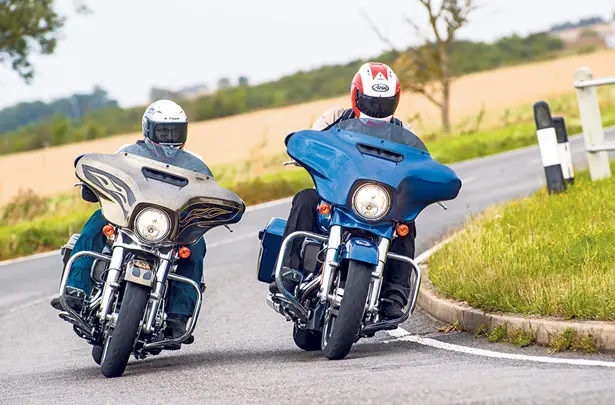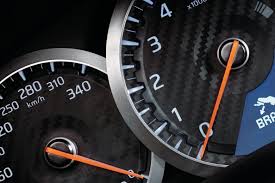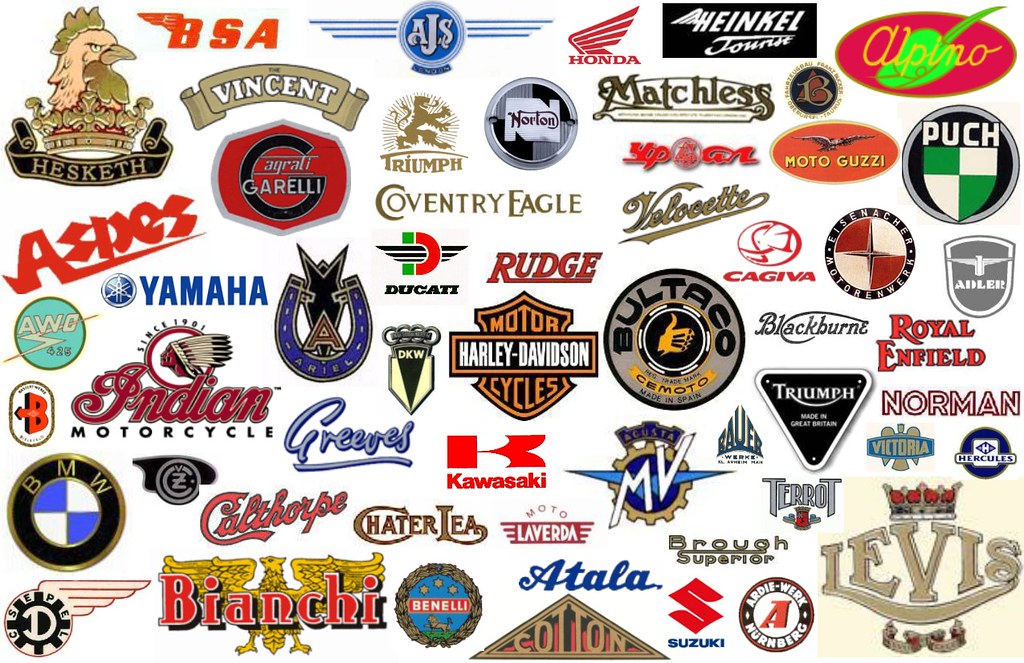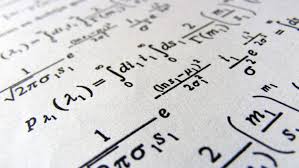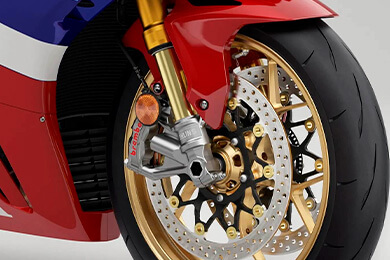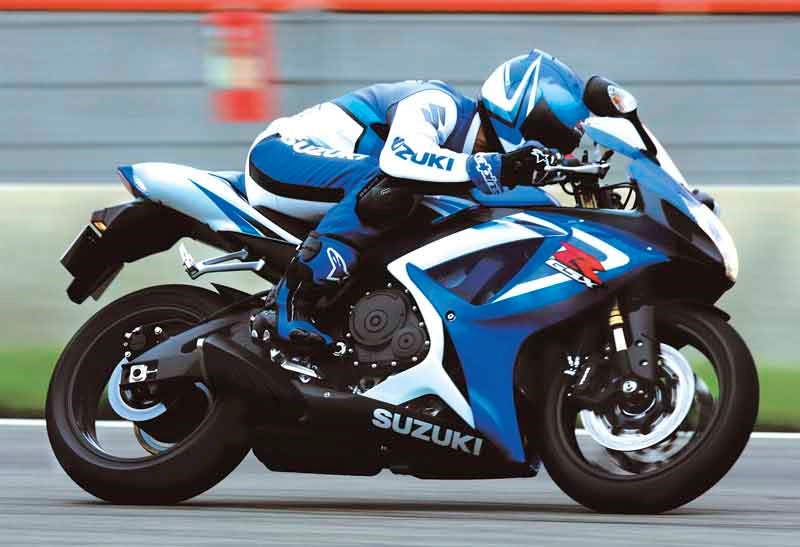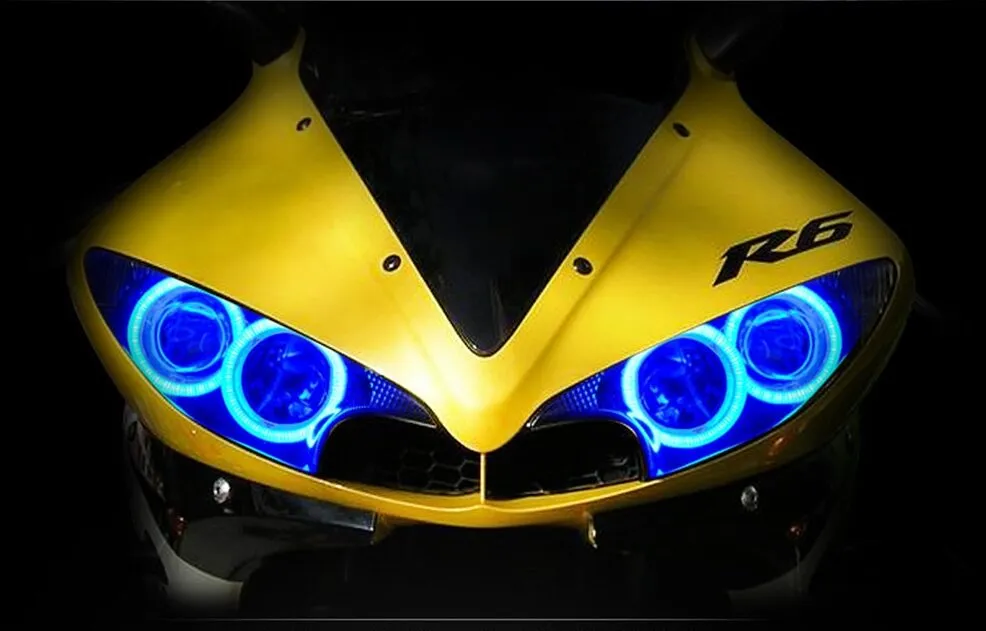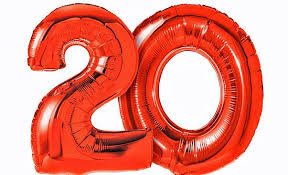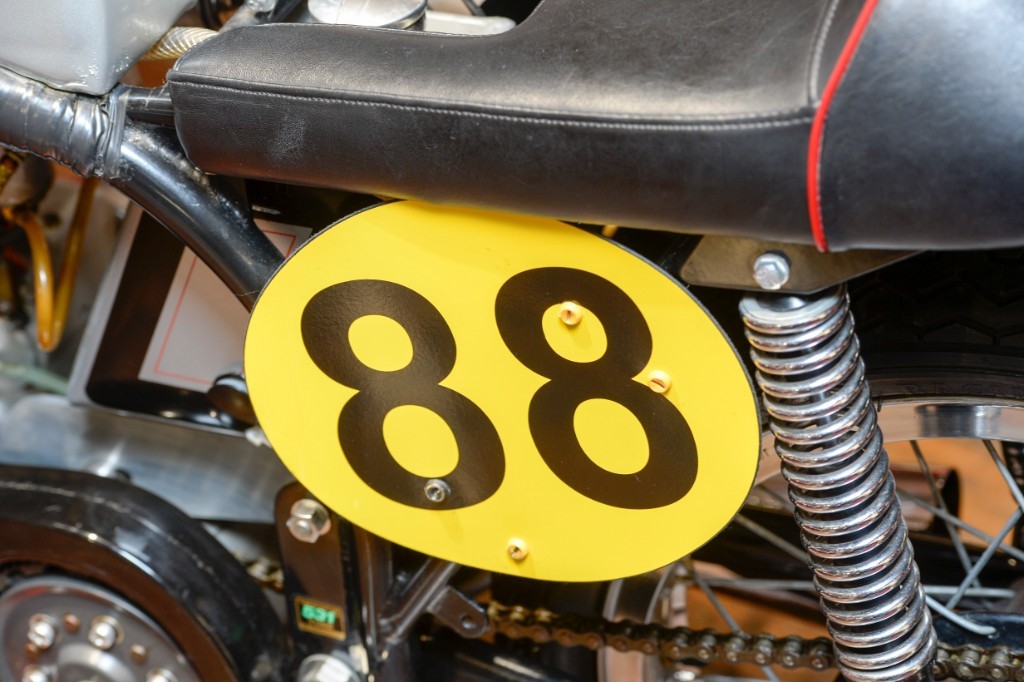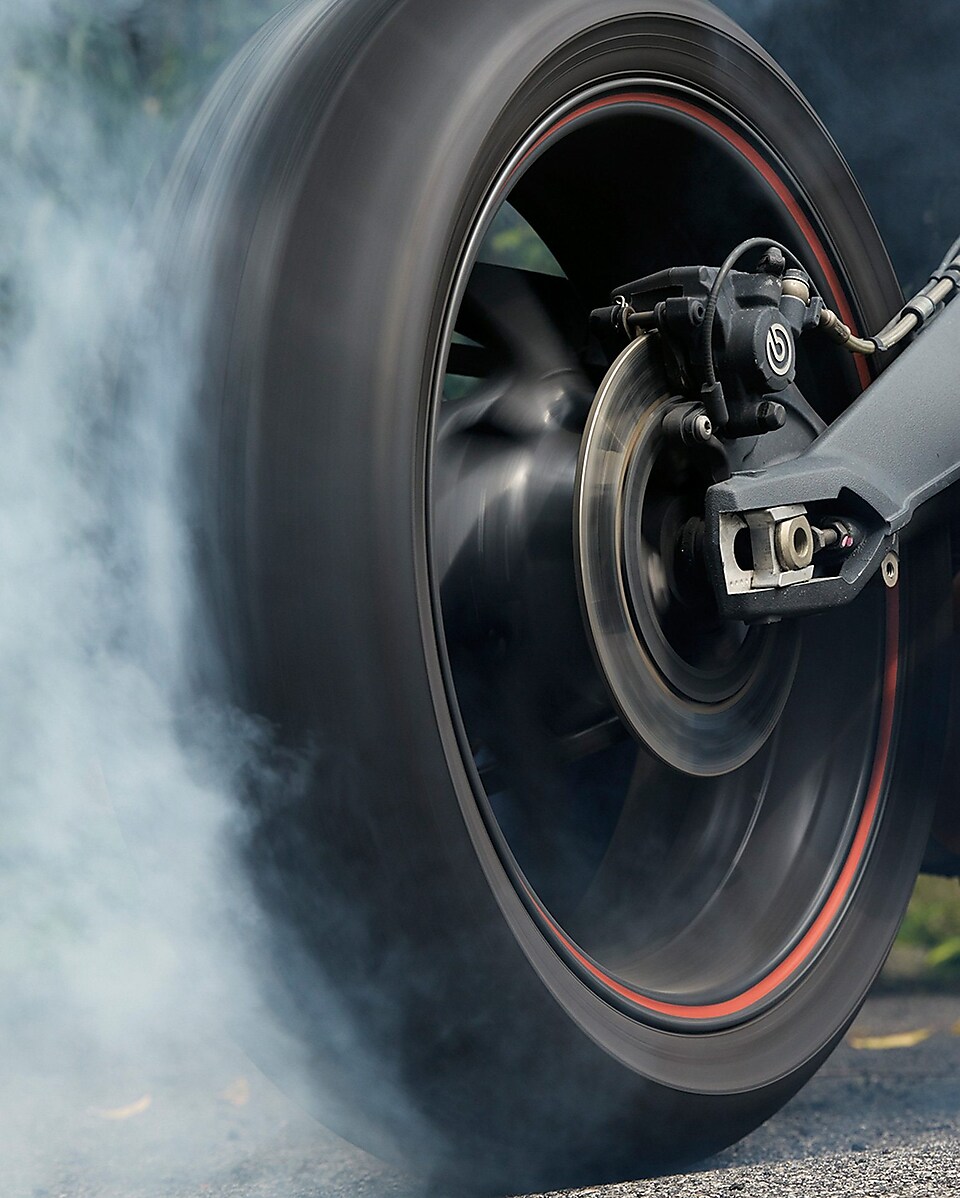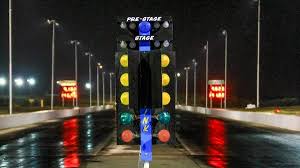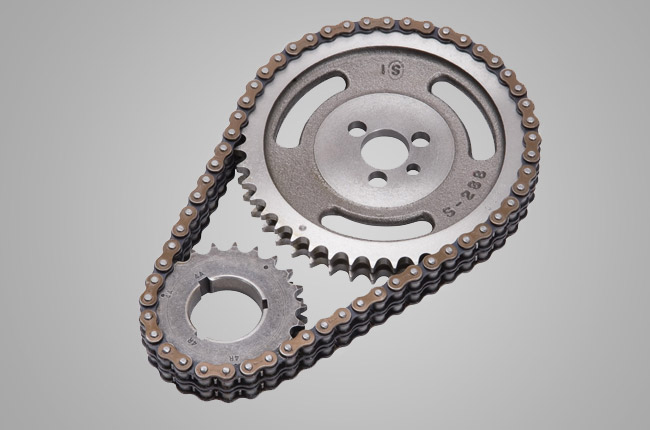


This edition of the Suzuki GS 650 E is the 5 speed | Manual version and was first brought out in 1982. This was at around the same time as the introduction of the 1982 Honda CB 750 SC Nighthawk and the 1982 Yamaha XS 400 L Maxim.This particular Suzuki GS 650 has a 673cc Air cooled, Two stroke, Wankel Petrol powerplant with 4 cylinders and Carburettor.
The 1982 GS 650 shares its Wankel engine and Standard style configuration with the likes of the 2020 Yamaha XSR 700 Twin and the 2018 Yamaha XSR 700 Twin. Alternatively, if you're looking for other bikes which share the GS 650's Standard style with a similar size of engine then how about the 2020 Yamaha XSR 700 Twin | 2020cc.2018 Yamaha XSR 700 Twin | 2018cc.
Weighing in at 0 kgs (0 lbs) this makes the Suzuki GS 650 E in the same weight category as the 2025 Yamaha Tracer 9 GT+ or the 2025 Yamaha Tracer 9 GT, give or take 50kg.
In terms of power the 673cc 8 valve Wankel 4 cylinder engine produces 73 bhp (54 kW) @ 9400 rpm similar to the 2025 Yamaha MT-07 Twin Cylinder [73.4 bhp (54 kW) @ 8750 rpm] or the 2025 Suzuki SV 650 ABS [73 bhp (54 kW) @ 8500 rpm].
The DOHC Two stroke unit throws out torque of 42.0 lb-ft (56.9 Nm) @ 8000 rpm placing it alongside motorbikes of similar performance figures such as the 2025 Yamaha MT-07 Twin Cylinder [50.0 lb-ft (67.7 Nm) @ 6500 rpm] and the 2025 Yamaha Tenere 700 Rally [50.2 lb-ft (68.0 Nm) @ 6500 rpm].
If one combines the weight with power or torque performance for the Suzuki GS 650 you can get a better idea of it's real world performance.
The 1982 Suzuki GS 650 E has a Power to weight ratio of 308.0 bhp per ton and 177.3 lb-ft per ton. Bhp Per Ton figures of the 1982 GS 650 competing with the 1972 Kawasaki Z1 900 DOHC [331.1 bhp\ton] and the 1974 Kawasaki Z1 DOHC A [331.1 bhp\ton].
If you agree with the late great Carroll Shelby, then arguably an even better indicator of potential performance is Torque. Factor weight into the equation and you end up with - Torque per ton, with the Suzuki GS 650 generating around 177.3 lb-ft per ton. If you're curious as to what other motorbikes have as much torque to weight then look no further than the 2002 Kawasaki ZR-7 S [202.1 lb-ft per ton] and the 1999 Kawasaki ZR-7 S [202.1 lb-ft per ton].
With a 0-60mph time of 12.0 secs or a 0-100km/h (0-62mph) of 12.3 secs, this makes the Suzuki GS 650 E similar in acceleration to the 2022 Kawasaki Versys 650 LT (12.0 secs) and the 2022 Kawasaki Versys 650 Twin Cylinder (12.0 secs). This Suzuki GS 650 E also competes in terms of 0-60 mph and 0-100km/h with the 2018 Honda CB 250 R Neo Sports Cafe (0.0 secs) and the 2020 Norton Superlight SS (0.4 secs).
When talking about the performance of the 1982 Suzuki GS 650 E on the drag strip it can reach a quarter mile in an estimated 12.7 secs @ 103 mph. Bikes with a similar performance down the quarter mile can be found in the 2014 Kawasaki ER-6 f (12.7 secs) and the 2009 Buell-EBR XB9SX Lightning City X Black (12.7 secs).
The 1982 version of the Suzuki GS 650 E has a maximum speed of 125mph.
If maxing out your bike on the AutoBahn is your thing and you're wondering what's faster at the top end than the 1982 Suzuki GS 650 E then how about a 2023 Yamaha MXT 890 Niken GT (136 mph) and the 2020 Yamaha MXT 850 Niken (136 mph).





